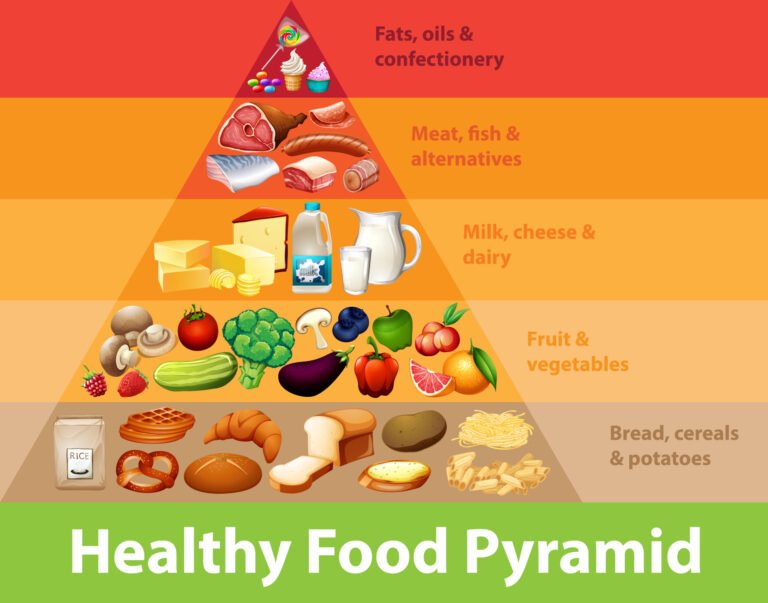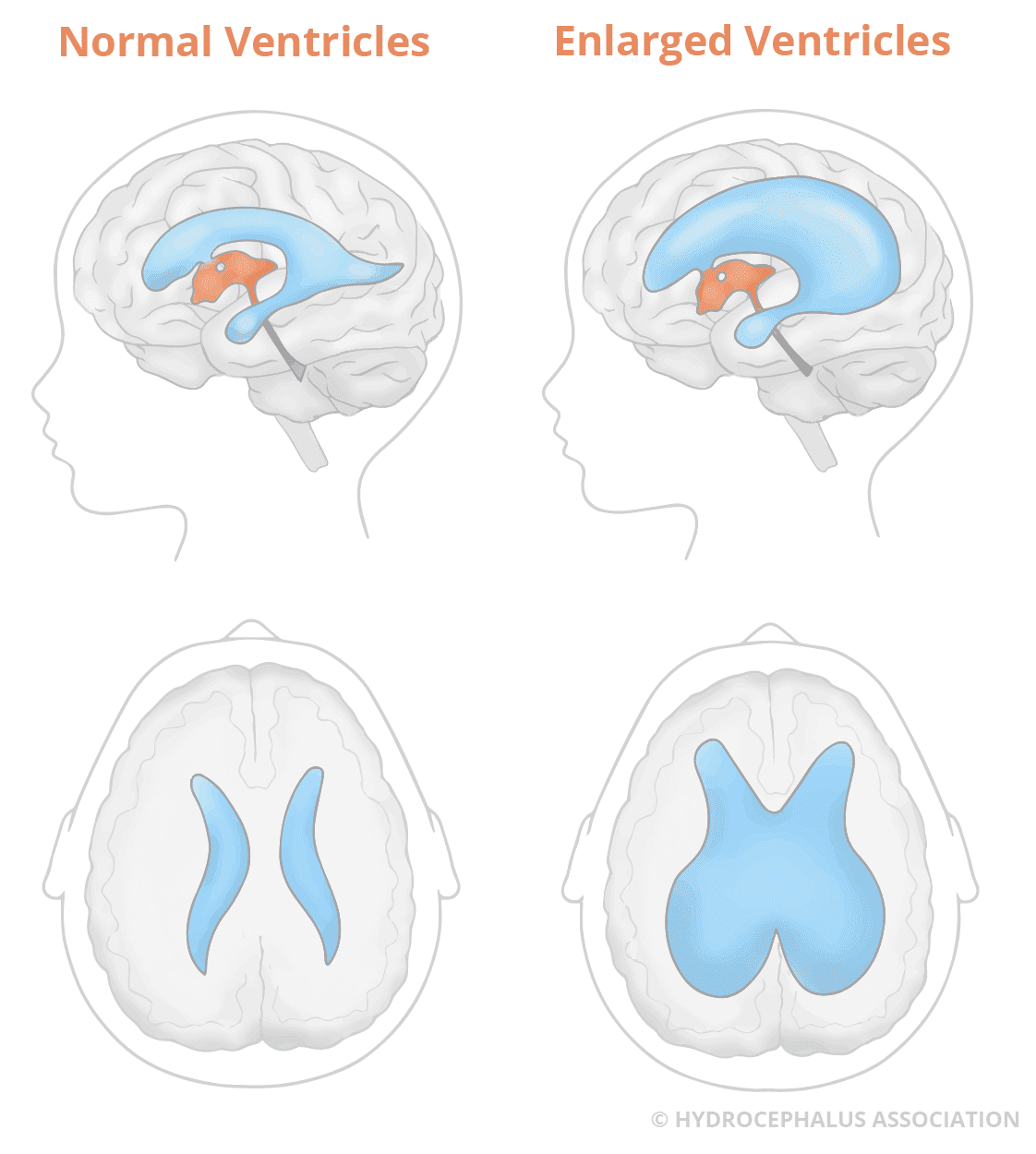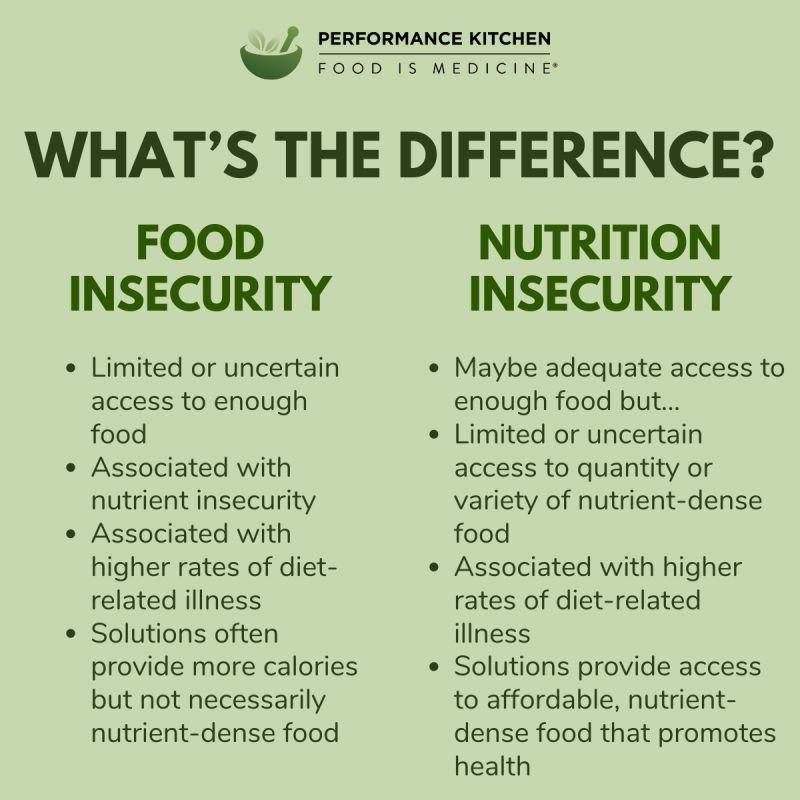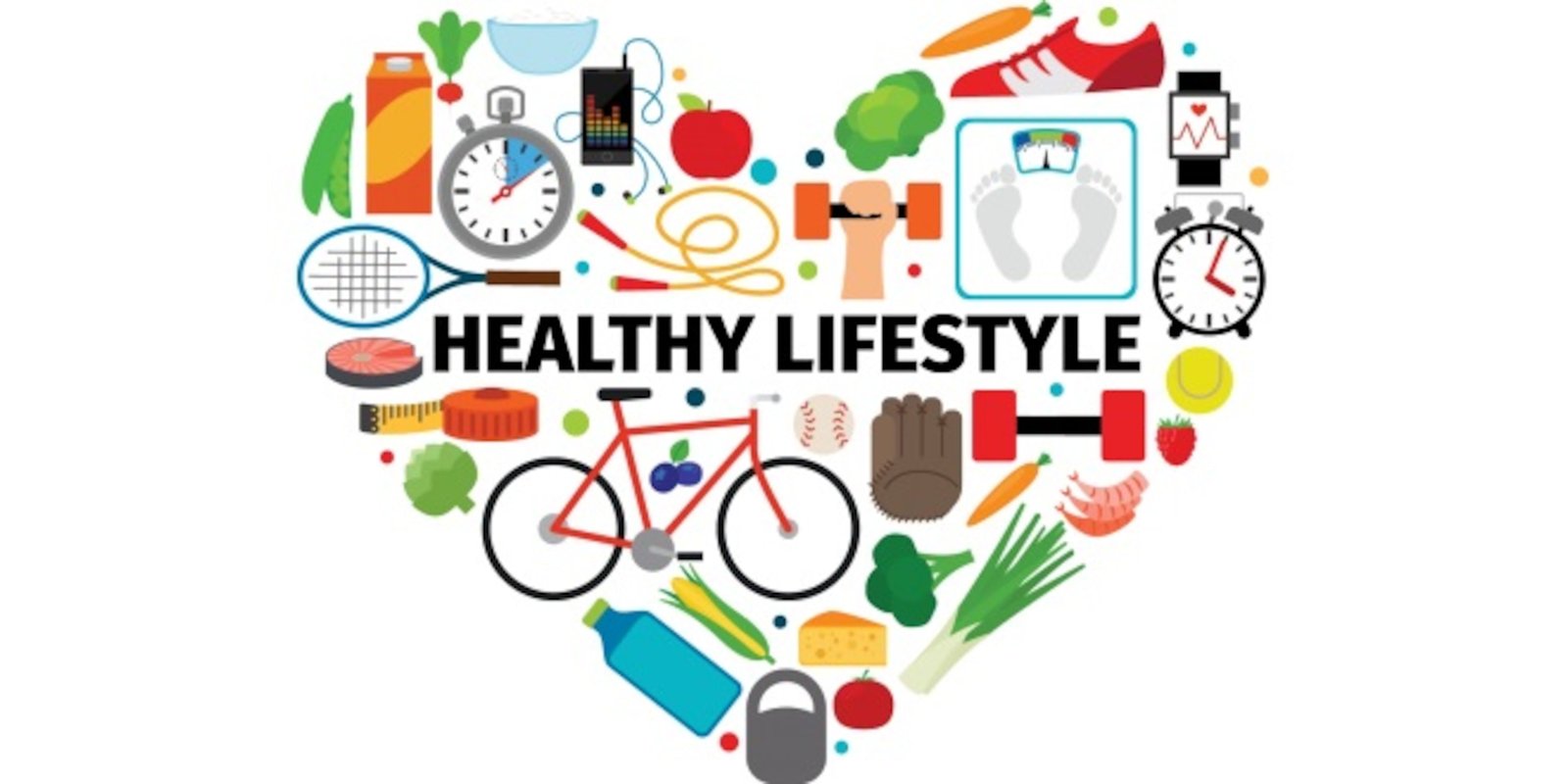Reaction time in fitness refers to the speed at which you respond to a stimulus. It measures how quickly your brain and muscles work together.
Reaction time is crucial for athletes and fitness enthusiasts. It’s not just about speed; it’s about how well you can respond to sudden changes. Imagine catching a ball, dodging an obstacle, or starting a sprint. These actions require quick responses.
Improving your reaction time can enhance performance and prevent injuries. The faster you react, the better you adapt to dynamic situations. This blog will explore the meaning of reaction time in fitness and why it’s essential for everyone aiming to improve their physical abilities.

Credit: slideplayer.com
Introduction To Reaction Time
Ever wondered how fast you can respond to a sudden stimulus? This ability is known as reaction time. It’s a crucial aspect in fitness that often gets overlooked. From dodging a ball in a game to swiftly changing directions while running, reaction time plays a significant role. Let’s dive deeper into what reaction time means and why it’s essential in fitness.
Importance In Fitness
Reaction time is the interval between a stimulus and your response. In fitness, this can mean the difference between winning and losing a game, or even preventing an injury. Imagine you’re playing tennis and your opponent sends a fast serve your way. Your ability to react quickly can make or break the game. Improved reaction time enhances your performance in various sports and physical activities.
- Enhanced performance in sports
- Improved agility and coordination
- Reduced risk of injuries
Moreover, reaction time isn’t just about physical responses. It’s also linked to your mental agility. A quicker reaction time reflects a sharper mind, which is beneficial in both physical and cognitive tasks.
Basic Concepts
Reaction time involves several key concepts:
- Stimulus: This is the event that prompts a response. It could be a visual cue like seeing a ball, or an auditory signal like hearing a whistle.
- Processing: Your brain processes the stimulus and decides on a response. This step involves perception, decision-making, and motor planning.
- Response: Finally, your body executes the planned action, such as moving your hand to catch the ball.
To put it into perspective, think about driving a car. When a pedestrian suddenly crosses the road, your reaction time determines how quickly you can hit the brakes. This quick response is a combination of seeing the pedestrian (stimulus), processing the information (processing), and pressing the brake pedal (response).
Improving your reaction time can significantly boost your fitness levels. Simple exercises like practicing quick sprints or reaction drills can help. Additionally, mental exercises like playing fast-paced video games or solving puzzles can sharpen your mind, ultimately improving your reaction time.
So, how can you gauge your reaction time? How can you improve it? These questions are worth exploring as you aim to enhance your fitness and overall performance. Take a moment to consider your current reaction time and think about the impact it has on your daily activities and fitness routines.
Remember, every second counts when it comes to reaction time. Start working on it today, and you might be surprised at the difference it makes in your fitness journey.
:max_bytes(150000):strip_icc()/goalkeeper-jumping-out-to-catch-football-495170949-b37765c5f3364beeb5927dca6ae1cd78.jpg)
Credit: www.verywellfit.com
Factors Affecting Reaction Time
Understanding reaction time is vital for improving fitness. Reaction time is the interval between perceiving a stimulus and responding to it. Factors affecting reaction time vary and can influence one’s ability to perform in sports and everyday activities.
Genetics
Genetics play a significant role in determining reaction time. Some individuals inherit faster reflexes. Genetic makeup can impact the speed of nerve impulses. This includes the efficiency of neurotransmitters in the brain.
People with certain genetic traits may have quicker responses. Athletes often have genetic advantages. These advantages help them react swiftly to stimuli.
Age And Gender
Age affects reaction time notably. Younger individuals tend to have faster reaction times. As people age, their reflexes slow down. This is due to changes in the nervous system.
Gender also influences reaction time. Research suggests men generally have quicker reaction times. This difference may be linked to muscle mass and hormonal factors.
Both age and gender are important considerations. They help understand variations in reaction time among different individuals.
Measuring Reaction Time
Measuring reaction time in fitness is crucial for understanding athletic performance. Quick response times can mean the difference between winning and losing. Various methods exist to measure this important aspect of fitness. Each method provides unique insights into an athlete’s capabilities.
Common Tests
Several common tests help measure reaction time. The ruler drop test is popular. A ruler is dropped, and the athlete catches it as quickly as possible. Another test is the light board test. Athletes touch lights as they appear on a board.
Technology And Tools
Modern technology offers advanced tools to measure reaction time. Smartphones and tablets have apps designed for this purpose. These apps often involve tapping the screen as quickly as possible. Specially designed reaction timers are also available. These devices provide more accurate measurements.
Improving Reaction Time
Improving reaction time is crucial for fitness enthusiasts. Fast reaction times enhance performance, prevent injuries, and boost overall agility. Various methods can help improve this key fitness component.
Training Techniques
Regular practice plays a significant role. Drills like shuttle runs, ladder drills, and cone drills sharpen reflexes. These exercises challenge your body to react quickly. Another method is plyometrics. These explosive movements train your muscles to respond faster. Exercises include jump squats and box jumps.
Agility training also helps. Incorporate movements like lateral shuffles and zigzag runs. These drills improve your body’s ability to change direction swiftly. Consistency in these exercises is essential. Regular practice leads to noticeable improvements in reaction time.
Mental Exercises
The mind is just as important as the body. Practice mindfulness and meditation. These activities improve focus and concentration. A clear mind reacts faster. Visualization techniques also help. Imagine scenarios where quick reactions are needed. This mental rehearsal prepares your brain for real-life situations.
Video games can also be beneficial. They require quick decision-making and hand-eye coordination. Games like table tennis or racquet sports also help. They demand fast reflexes and improve mental agility. Regular mental exercises complement physical training. Together, they enhance overall reaction time.
Nutrition And Reaction Time
When it comes to fitness, reaction time is often overlooked. It’s the speed at which you respond to a stimulus. Think about how quickly you catch a ball or dodge an obstacle. Nutrition plays a crucial role in this aspect of fitness. What you eat can significantly impact how fast you react. Let’s delve into how dietary choices and supplements can enhance your reaction time.
Dietary Choices
Your diet is the foundation of your overall health, including your reaction time. Eating a balanced diet with the right nutrients can make a noticeable difference. Foods rich in antioxidants, such as berries and nuts, help reduce oxidative stress, which can impair cognitive function and slow down your response times.
Protein is another key player. It repairs and builds muscle tissues, which are essential for quick, sharp movements. Lean meats, eggs, and legumes are excellent sources of protein. Incorporate these into your meals to support your reaction time.
Carbohydrates are your body’s primary energy source. Whole grains, fruits, and vegetables provide sustained energy, unlike sugary snacks that lead to energy crashes. Have you ever tried to focus after a sugar high? It’s not easy. Consistent energy levels help maintain quick reflexes throughout the day.
Supplements
Sometimes, your diet may not provide all the nutrients you need to optimize reaction time. This is where supplements come in. Omega-3 fatty acids, found in fish oil, are known for their cognitive benefits. They improve brain function, which can directly impact how quickly you react.
Another valuable supplement is magnesium. It plays a role in nerve transmission and muscle contraction. You can find magnesium in foods like spinach and almonds, but supplements can help ensure you’re getting enough.
Caffeine is often overlooked, but it can be a quick fix for enhancing reaction time. A moderate amount of caffeine can increase alertness and reduce reaction time. However, moderation is key. Too much caffeine can lead to jitters and a subsequent crash.
What dietary changes will you make to improve your reaction time? Remember, every little change counts. Start today and see how your reaction time improves.
Role In Different Sports
Reaction time plays a vital role in various sports. It determines how quickly an athlete can respond to a stimulus. This capability is essential for success in both team and individual sports. Let’s explore the significance of reaction time in different sports scenarios.
Team Sports
In team sports, reaction time is crucial. Take soccer, for example. Players must react swiftly to intercept passes and avoid tackles. Basketball players need quick responses to execute steals and make accurate passes.
In hockey, goalkeepers require exceptional reaction time. They must block fast, unpredictable shots. Quick decisions and fast movements are essential in these high-speed games.
Individual Sports
Reaction time is equally important in individual sports. In tennis, players must react quickly to serve and return shots effectively. A delayed reaction can lead to lost points.
In track and field events, sprinters rely on sharp reaction times. They must respond instantly to the starting gun. This split-second reaction can be the difference between winning and losing.
Boxers also need great reaction time. They must dodge punches and counterattack swiftly. Fast reflexes and quick thinking are their keys to success.
Benefits Of Faster Reaction Time
When it comes to fitness, reaction time plays a crucial role in enhancing overall performance and preventing injuries. The ability to respond quickly to stimuli can be the difference between success and failure in many sports and physical activities. Let’s delve into the specific benefits of having a faster reaction time.
Injury Prevention
One of the significant advantages of having a faster reaction time is injury prevention. Quick responses allow you to avoid unexpected hazards that could lead to injuries. Imagine you are playing soccer and an opponent suddenly changes direction. With a faster reaction time, you can quickly adjust your movement, reducing the risk of collisions and subsequent injuries.
In my experience as a runner, I once narrowly avoided a fall because I reacted quickly to an uneven surface. It was a split-second decision that kept me safe. Improving your reaction time can help you make these quick adjustments, keeping you injury-free during workouts and sporting activities.
Enhanced Performance
Faster reaction times also contribute to better performance in various sports and fitness activities. Whether you are a sprinter reacting to the starting gun or a basketball player responding to a pass, quick reflexes can give you a competitive edge.
Consider a tennis player who needs to return a fast serve. By reacting quickly, they can position themselves better and make a more effective shot. This not only improves their game but also boosts their confidence.
You might find that enhancing your reaction time helps you in everyday activities as well. Even simple tasks like catching a falling object or dodging an obstacle can become easier and more intuitive.
Have you ever wondered how much better you could perform if you improved your reaction time? Give it some thought and consider incorporating reaction time training into your fitness routine. You’ll likely see noticeable improvements in both your performance and your safety.

Credit: slideplayer.com
Challenges And Solutions
Reaction time in fitness measures how quickly one responds to a stimulus. Fast reaction times improve performance and safety.
When it comes to improving your fitness, reaction time plays a crucial role. It is the interval between stimulus and response, impacting everything from athletic performance to everyday activities. But like any fitness goal, working on your reaction time comes with its own set of challenges. Understanding these obstacles and finding effective solutions can make a huge difference in your progress.
Common Obstacles
One of the most significant hurdles in improving reaction time is lack of focus. In our busy lives, it is easy to get distracted, making it hard to pay attention to the stimuli that require quick responses. This distraction can delay your reaction and affect your performance.
Another common problem is physical fatigue. When you are tired, your body and mind are not at their peak, leading to slower reaction times. This is particularly true if you are not getting enough sleep or are overtraining.
Inconsistent practice is another obstacle. Like any other skill, improving reaction time requires consistent and deliberate practice. Sporadic training sessions will not yield the desired results.
Effective Strategies
To tackle the challenge of lack of focus, mindfulness exercises can be incredibly helpful. Try incorporating short meditation sessions into your daily routine. This can improve your concentration and make you more aware of the stimuli around you.
Combating physical fatigue requires a balanced approach to training and recovery. Ensure you are getting enough sleep and not over-exerting yourself. Incorporate rest days into your workout routine and listen to your body. Staying well-hydrated and maintaining a nutritious diet can also keep your energy levels up.
For consistent practice, setting a structured training schedule can be a game-changer. Dedicate specific days and times to work on exercises that target your reaction time. Tools like reaction balls or specific video games designed to improve reflexes can make your practice sessions more engaging.
Have you ever noticed how professional athletes seem to react almost instantaneously? That’s not just natural talent; it’s a result of consistent and focused practice. Imagine how much you could improve by adopting a similar approach in your fitness routine.
Improving your reaction time is a journey that requires attention, consistency, and a balanced approach. By identifying the common obstacles and applying effective strategies, you can make meaningful progress and see real improvements in your fitness. What challenges have you faced in your journey to improve reaction time, and how did you overcome them? Share your experiences and let’s continue the conversation.
Frequently Asked Questions
What Does Reaction Time Mean In Fitness?
Reaction time in fitness refers to the speed at which an individual responds to a stimulus. It is crucial for activities requiring quick reflexes and agility.
What Is The Meaning Of Reaction Time?
Reaction time is the duration between the onset of a stimulus and the individual’s response to it. It measures how quickly someone can react to external prompts.
What Is An Example Of A Reaction Time Exercise?
An example of a reaction time exercise is catching a ruler dropped by a partner. This improves hand-eye coordination.
What Is A Good Reaction Time?
A good reaction time is around 200 milliseconds. Athletes often aim for 150 milliseconds or faster.
Conclusion
Understanding reaction time is crucial for improving fitness. Quick reflexes enhance performance in sports and daily activities. Regular training can improve reaction times. Simple exercises can yield noticeable improvements. Stay consistent and patient with your practice. Over time, you’ll see better results.
Reaction time impacts overall health and fitness. Embrace the journey and enjoy the progress. Every small step counts towards a fitter you.




